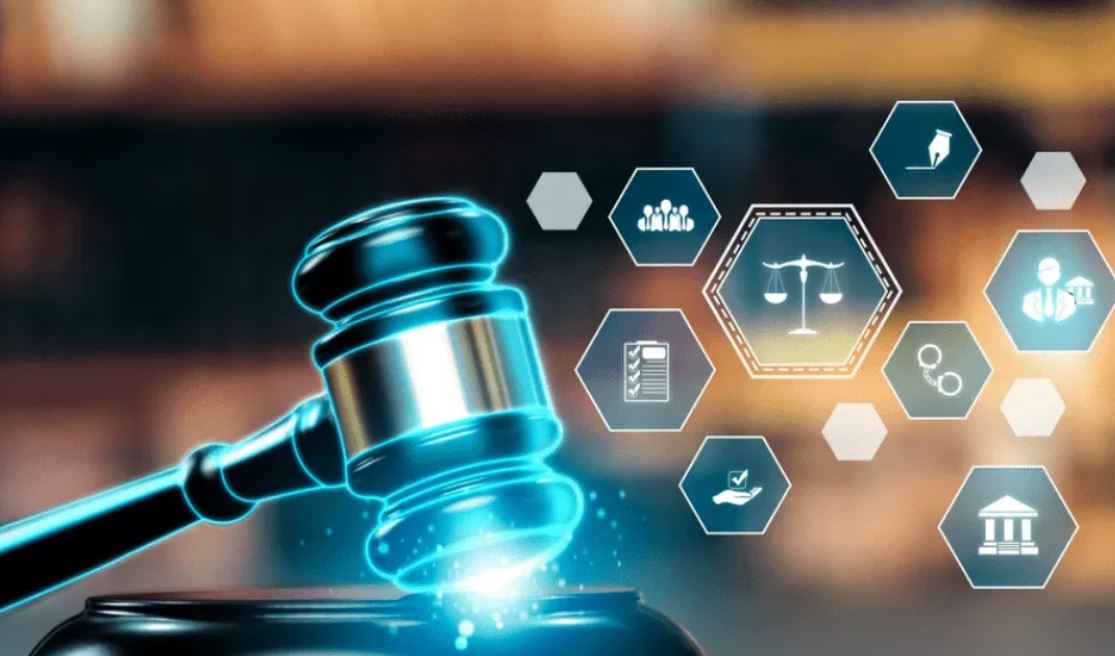Step into any U.S. law firm and you will see screens running software that sorts contracts in seconds. You will hear talk of e-discovery platforms that flag relevant files before a coffee break. That shift from paper-based methods to digital tools underpins the U.S. legal technology market, where every saved minute can reshape case strategy. Precision matters.
Lawyers and managers have climbed aboard the tech train at a record pace. Investment in contract management, AI legal research, and cloud-based services has soared in the past five years. Teams want solutions that reduce manual review and improve compliance under rules such as CCPA and SEC. Technology now defines how matters are handled and success is measured. Speed matters.
Thomson Reuters reported that law firm billing rates jumped 6.5% in 2024, the fastest pace since the Great Financial Crisis, therefore, underlining the willingness to invest in tools that boost efficiency. Therefore, the U.S. legal technology market is on an upward growth curve, anticipated to reach USD 13.11 billion by 2033.
Pillars of U.S. Legal Technology Growth
One factor driving growth is the sheer volume of digital evidence. Firms juggle emails, attachments, and chat logs in every case. E-discovery solutions like RelativityOne and Everlaw apply machine learning to filter terabytes of data in hours rather than weeks, therefore cutting review costs and keeping docket deadlines on track.
Meanwhile, contract lifecycle management tools such as DocuSign CLM and ContractPodAI automate drafting, approvals, and renewals, reducing the risk of missed obligations and liabilities. The move to cloud-based services underpins both gains. Secure, on-demand access to case files and precedents supports hybrid work models and disaster recovery without heavy on-premises hardware.
Another growth driver is the rise of AI-powered legal research. Platforms like Casetext CoCounsel and Blue J Legal scan statutes, case law, and regulations in minutes, surfacing precedents that strengthen arguments and inform strategy. That rapid insight frees lawyers to focus on high-value tasks instead of manual reviews.
Compliance requirements from data privacy laws, anti-money laundering rules, and evolving SEC guidelines have created demand for policy and audit tracking systems. ClauseMatch is an example of a policy and audit tracking system. Integration across CRM, ERP, and matter management ensures billing, budget, and risk data flow seamlessly. Firms, therefore, run leaner operations and deliver faster responses to client needs.
Innovations Defining Tomorrow’s Practice
In the realm of e-discovery and litigation support, providers continue to refine analytics and workflows. RelativityOne’s visual dashboards reveal connections among documents, while Everlaw’s timeline tools help counsel build persuasive narratives from evidence.
CoCounsel by Casetext acts as an AI legal assistant, drafting briefs and summarizing depositions with natural language processing. Cloud-first platforms from NetDocuments and iManage secure data, auto-scale storage, and enable collaboration across offices and virtual teams. These innovations reduce manual tasks and surface insights that once took days to uncover.
Contract management software is evolving beyond e-signatures. DocuSign CLM integrates with Salesforce and Microsoft 365 to centralize agreements in one repository. Thomson Reuters HighQ offers secure portals for real-time edits and client collaboration. Luminance’s document analytics flags unusual clauses during M&A due diligence, giving teams a quick risk overview.
On the matter-management side, Onit SmartAdvocate and InterAction link case intake to budget tracking and vendor billing, offering general counsel a dashboard view of spend and workload. These tools connect legal ops with business systems, ensuring data that once lived in silos now informs strategy holistically.
Conclusion
The U.S. legal technology market continues to expand as firms seek efficiency, accuracy, and compliance. Growth factors such as surging e-discovery needs, contract lifecycle automation, cloud adoption, AI-driven research, and integrated systems fuel platform investment and user demand. Emerging trends in analytics, AI assistants, unified matter management, and contract risk detection show that innovation will remain constant. For vendors, law firms, and corporate legal departments, understanding these dynamics is essential to deliver solutions that meet evolving requirements. As regulations shift and data volumes grow, legal technology provides the tools to stay ahead. Stakeholders who embrace these trends and invest strategically will lead the next wave of digital transformation in legal practice.
















